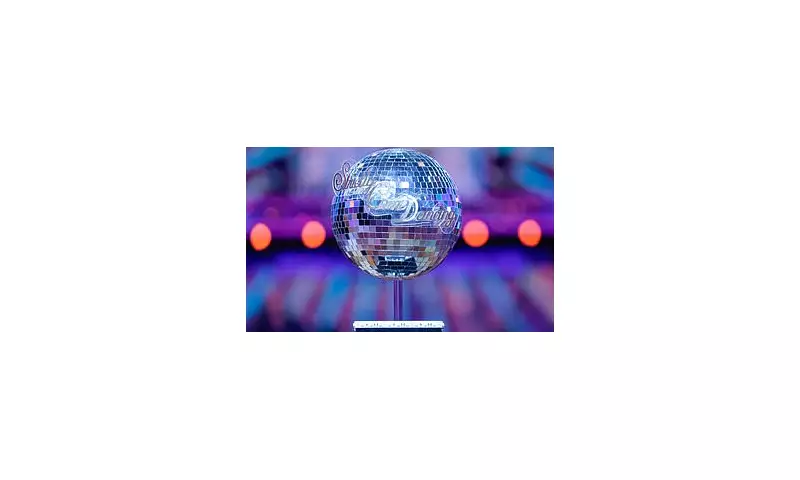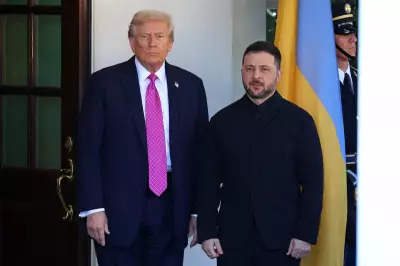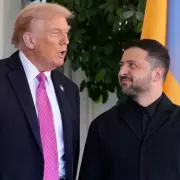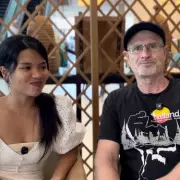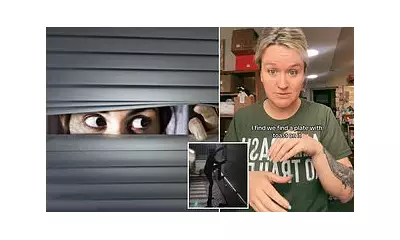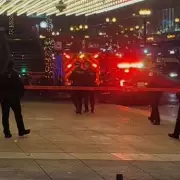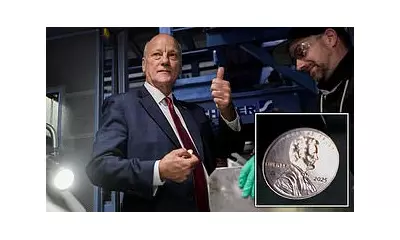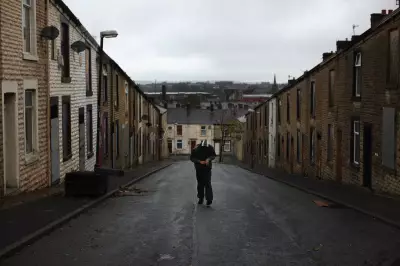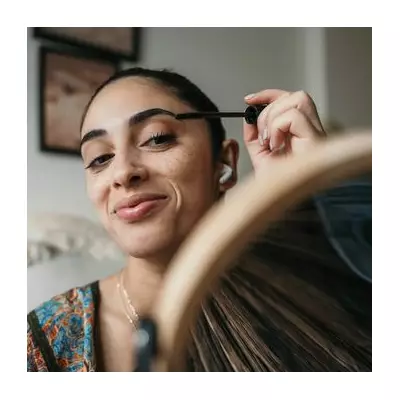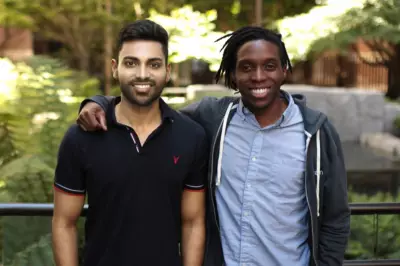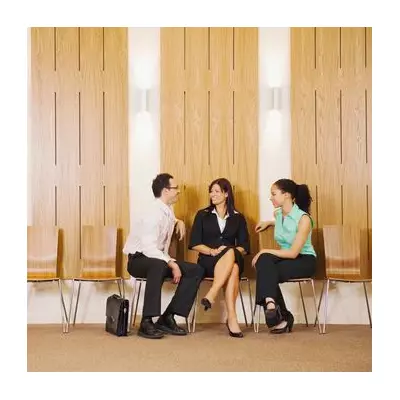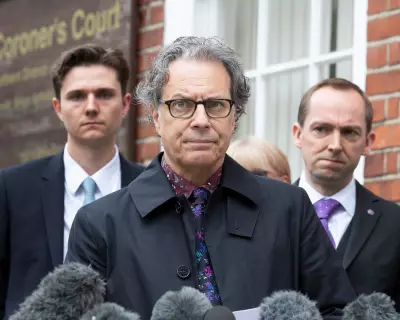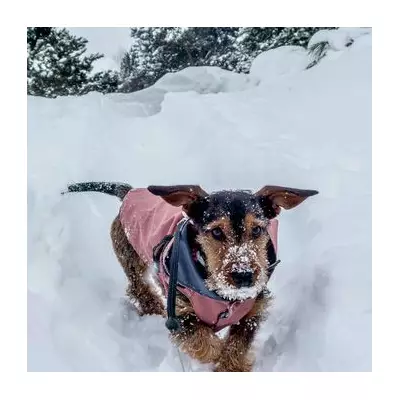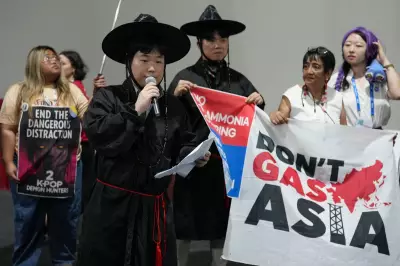Entertainment
Meet Bayley: The Real-Life Snoopy Dog Taking the Internet by Storm
Discover Bayley, the adorable Sheepadoodle dubbed the real-life Snoopy, with 446k Instagram followers. See the uncanny resemblance and his famous theme park meetup!
Sports
Piastri's Deleted Instagram Post Fuels McLaren Favouritism Fire
Oscar Piastri sparks controversy by posting then deleting a statement on Instagram accusing McLaren of favouring teammate Lando Norris, damaging his F1 title hopes. Discover the full story.
Politics
US Gives Ukraine Days to Sign Russia Deal or Lose Weapons
Washington warns Kyiv to accept a US-proposed peace deal with Russia by next Thursday or face cuts to vital weapons and intelligence supplies. Read the full story.
Crime
Mother's Phrogging Horror: Man Lived Secretly in Her Home for Months
A young mother's terrifying discovery of a man secretly living in her house for months. Learn about the chilling signs of phrogging and how to protect your home.
Health
Tech
Woman wears dolphin costume on Hinge date
Teri Kearns decided to test her Hinge date by showing up in a full dolphin outfit. The hilarious reaction was caught on camera, but did they have a second date? Find out what happened next.
GTA 5 'Insurance Fraud' Mod Wows Fans
A popular streamer's new GTA 5 mod introduces courtroom drama and insurance fraud, leading fans to demand it becomes a feature in the delayed GTA 6. Discover the mod taking the community by storm.
AI startup exposed: Humans wrote meeting notes for $1bn firm
Fireflies AI co-founders reveal they manually took meeting notes while claiming AI did the work. The $1bn startup's story exposes Silicon Valley's 'fake-it-till-you-make-it' culture.
Seat choice reveals your personality traits
A viral TikTok test reveals how your preferred seat in a conference room uncovers hidden personality traits. Discover what your chair choice says about you now.
Father Demands Ofcom Change Over Online Safety
Ian Russell, father of Molly Russell, calls for new Ofcom leadership, accusing the regulator of lacking urgency in protecting children from harmful online content under the Online Safety Act.
Environment
Get Updates
Subscribe to our newsletter to receive the latest updates in your inbox!
We hate spammers and never send spam
Weather
UK Geography Weekend Special
Weekend special: 100 questions about UK geography. Perfect for students preparing for exams or anyone who loves learning about Britain's diverse landscapes.



